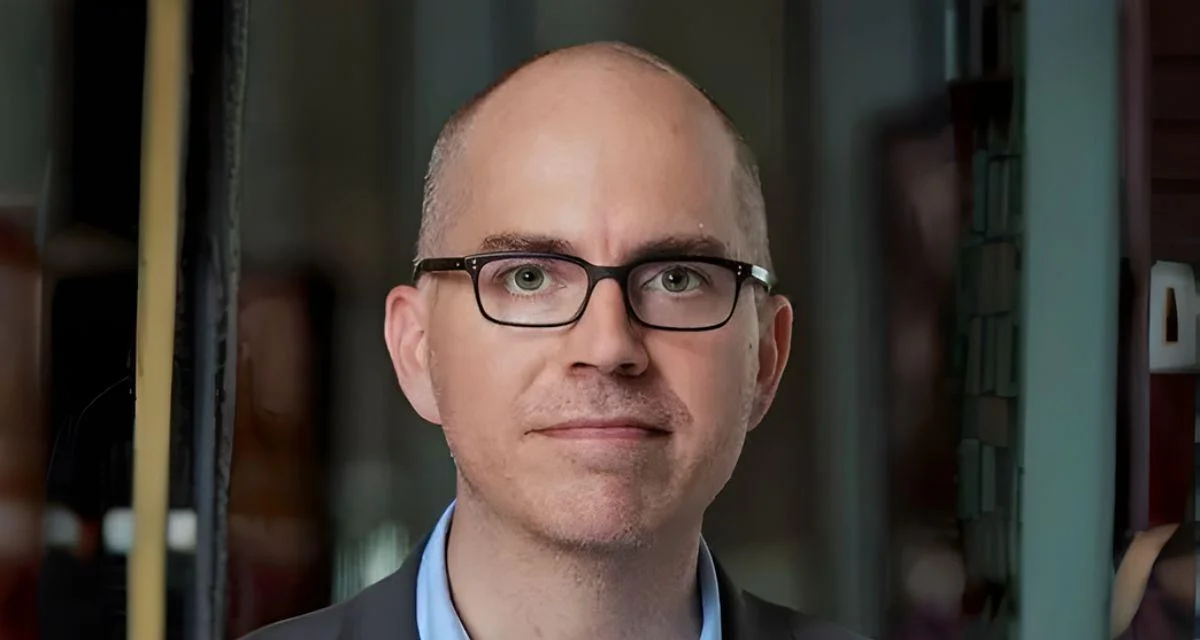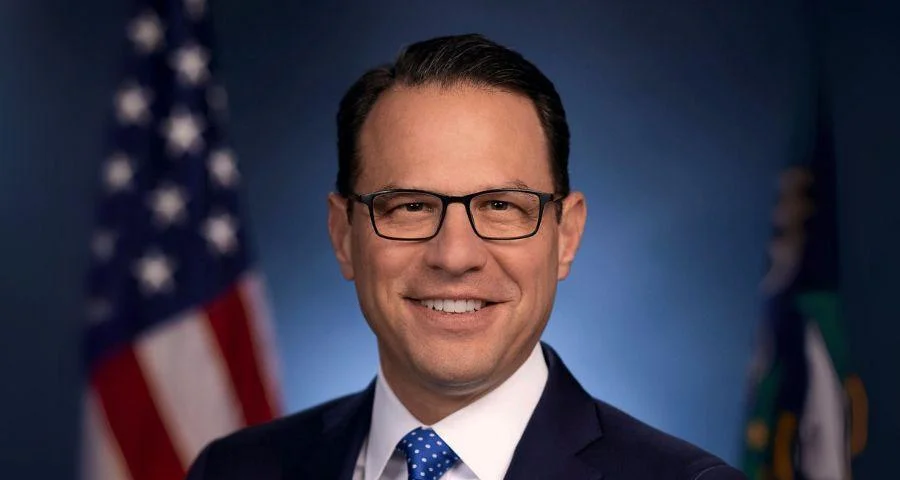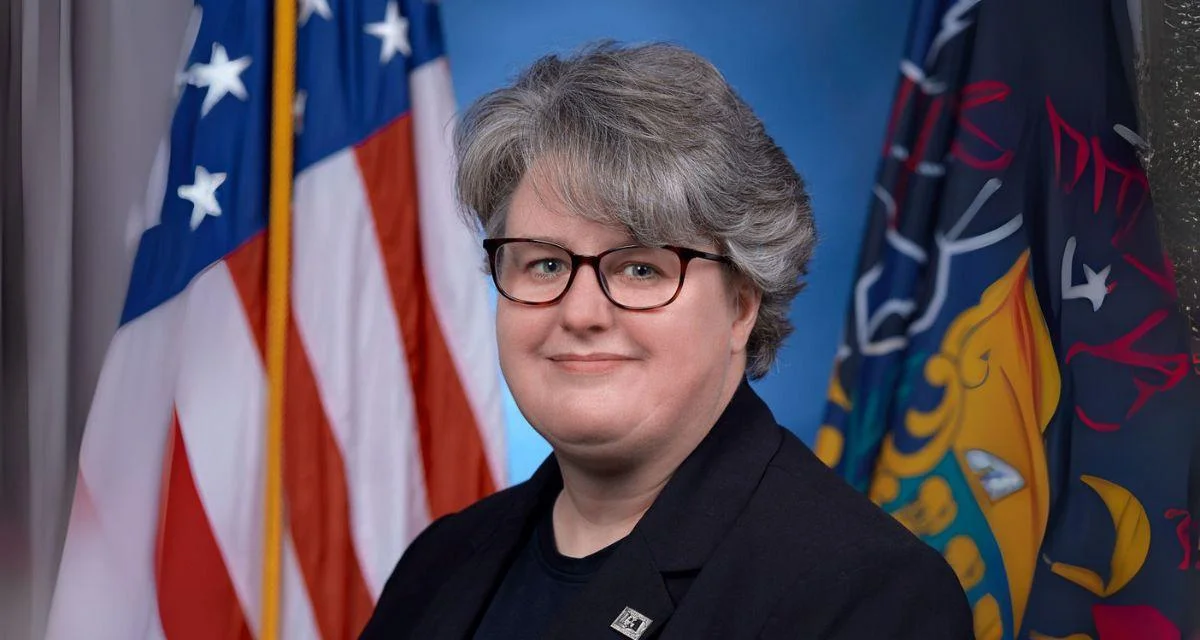
Emily Tate Sullivan Senior Reporter | EdSurge Research
The current state of the early care and education workforce is facing significant challenges, according to a survey conducted by the National Association for the Education of Young Children (NAEYC). Many early education providers are dealing with financial pressures due to rising costs and staff shortages, resulting in low morale across the field.
Daniel Hains, managing director for policy and professional advancement at NAEYC, commented on the survey findings, saying, "What we see in this survey is both alarming and not surprising."
Meredith Burton, the director of the Furman University Child Development Center in South Carolina, shared her experience, noting the continuous increase in costs. "Everything is just going up in price all the time," she said, reflecting on challenges such as rising costs for utilities, cleaning supplies, and food, despite not paying rent for her program space.
Jennifer Trippett, the director of Cubby’s Child Care Center in Bridgeport, West Virginia, is also feeling the effects. Her program faced a budget shortfall last year, which led to a 20 percent tuition increase for families. This mirrors a broader trend, with 55 percent of providers surveyed indicating they had raised tuition in the last year.
Staffing issues are a persistent struggle for many, as Trippett explained, "I am struggling every day with staffing." In 2019, wages at Cubby’s were competitive with retail and hospitality jobs, but since then, other employers have increased their starting salaries, leaving childcare centers struggling to keep pace.
Trippett described the dilemma facing many providers: the need to increase wages to attract and retain qualified staff while not overburdening families with higher costs.
Parents' inability to afford care is a significant factor in under-enrollment, with 41 percent of surveyed providers citing this issue. Additionally, 37 percent pointed to the inability to offer competitive staff compensation as a reason they struggle to recruit and retain staff.
Burton, in South Carolina, expressed frustration over the return to previous challenges after a temporary boost in public interest during the pandemic. "It feels almost like a slap in the face to many providers," she said.
According to the survey, nearly half of the providers reported increased burnout, attributing this to low wages, job demands, and insufficient resources. Burton echoed these sentiments, describing her exhaustion as more emotional and mental than physical, driven by a sense of responsibility to her staff and the families they serve.
Despite the survey findings, Hains highlighted additional concerns among providers, such as the uncertainty caused by recent federal changes. He cited the temporary funding freeze in February that affected some Head Start programs and ongoing worries about Medicaid, which many educators depend on for health insurance.
Hains emphasized that, while some have become accustomed to the difficulties, the issue remains a pressing crisis. "We’ve gotten so used to how bad things are, and how much folks are struggling," he said. "But this remains a crisis, even if we’ve gotten used to the crisis."





 Alerts Sign-up
Alerts Sign-up